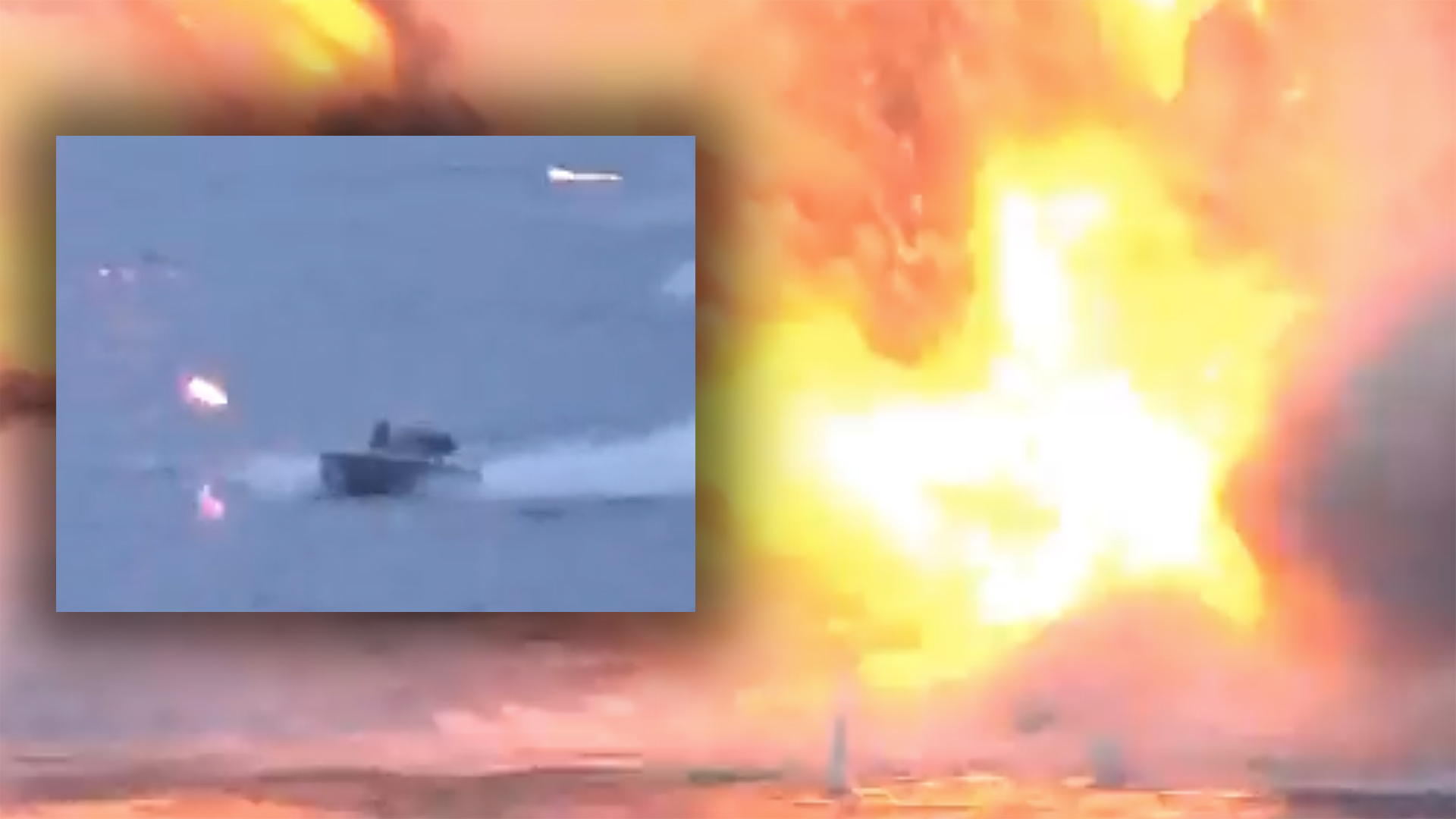Russia’s Defense Ministry (MoD) on Wednesday released a video it claims shows the destruction of a Ukrainian uncrewed surface vessel (USV) attempting to attack the Project 18280 Yuriy Ivanov class intelligence ship Ivan Khurs in the Black Sea about 90 miles northeast of Turkey’s Bosphorus Strait.
The video, published by the MoD’s official Zvezdanews outlet, shows the last seconds of what it says was a Ukrainian USV approaching the Ivan Khurs. Several tracer rounds, apparently from deck-mounted 14.5mm machine guns, are observed narrowly missing the USV before it turns and is struck on the bow, exploding in a tremendous fireball.
“Today at 5:30 a.m., the Ukrainian armed forces made an unsuccessful attempt to attack the Ivan Khurs ship of the Black Sea fleet with three unmanned speedboats,” the MoD said in a statement. The ship “is performing tasks to ensure the safety of the operation of the Turkish Stream and Blue Stream gas pipelines in the exclusive economic zone of the Republic of Turkey.”
Turkish Stream, now formally known as TurkStream, and Blue Stream both carry Russian natural gas to Turkey.
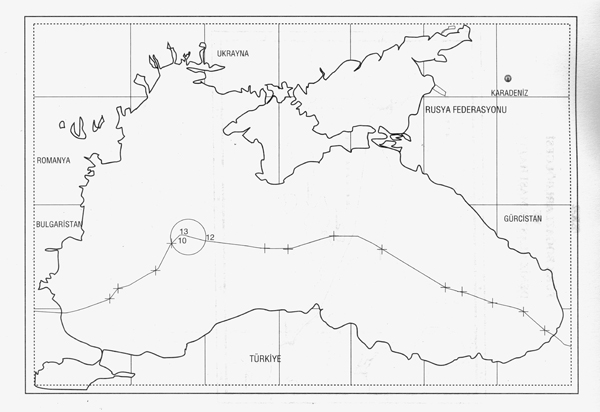
All three USVs “were destroyed by fire from the standard armament of a Russian ship 140km (about 90 miles) northeast of the Bosphorus,” the Russian MoD claimed. “The ship Ivan Khurs of the Black Sea fleet continues to fulfill its tasks.”
The Russian Navy has two Project 18280 intelligence ships, the other being the Yuriy Ivanov. They are equipped with four MTPU marine pedestal mounts, each with a single 14.5mm KPVT machine gun, located at various points on the deck, primarily for force protection against various close-in threats. The ships are also said to have six 9K38 Igla surface-to-air missile launchers, and 32 9M39 missiles for them, to defend fixed-wing aircraft and helicopters. It is not immediately clear if the Igla launchers are installed on some type of naval mounting or are shoulder-fired types available to the crew.
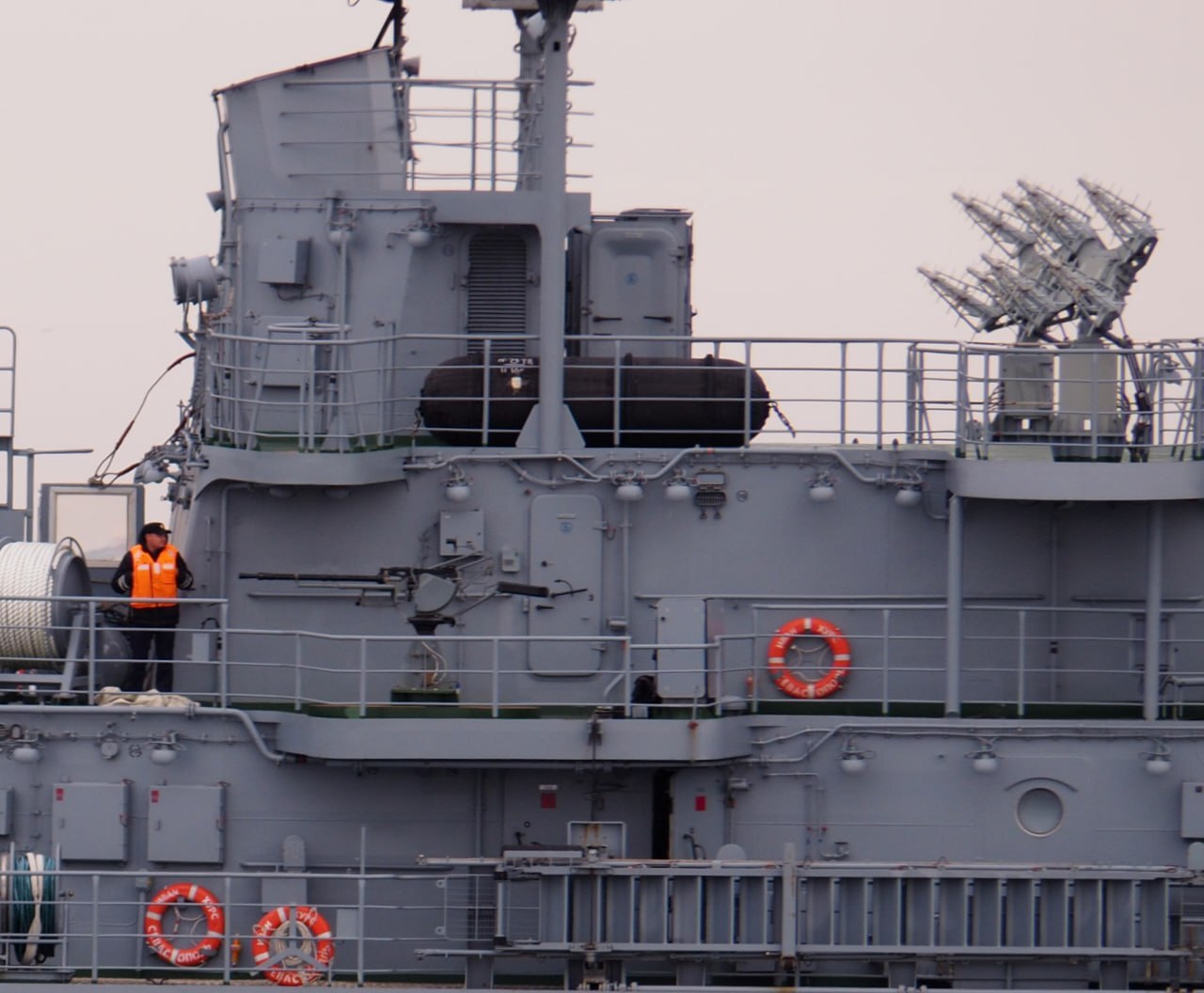
The 315-foot-long vessel, which displaces more than 4,000 tons, was named after Vice Admiral Ivan Khurs, a Soviet naval intelligence pioneer. It was commissioned on June 18, 2018.
Whether this was a Ukrainian USV or Russian is unknown at this point despite the claim by the Russian MoD. The drone boat shown in the Russian MoD video appears to bear a very loose resemblance – but with noticeable differences in hull form – to those Ukraine has used in previous attacks on the Black Sea Fleet, mostly aimed at its home port of Sevastopol in the occupied Crimean peninsula.


Images of the same USVs were released by the Ukrainian government in November through its UNITED24 fundraising platform. They were posted as part of an effort to crowdsource funding for the boats. Those USVs, completed and under construction, are 18-foot-long vessels said to be capable of carrying a combat load of up to 400 pounds, with a top maximum speed of about 50 mph. Each USV has a $250,000 price tag that the website says includes a ground-based, autonomous control station, a transportation and storage system, and “a data processing center.” It is unclear exactly what is meant by a data processing center and officials from UNITED24 declined to answer, citing operational security concerns. You can read more about them in our coverage here.

Ukrainian USVs were claimed to be involved in attacks on the port in October and November 2022 and March 2023. During the attack last October, Ukraine claimed at least three Russian warships were damaged, including the Admiral Grigorovich class frigate Admiral Makarov, reportedly the Black Sea Fleet’s new flagship after the Project 1164 Slava-class cruiser Moskva sank in April. However, those claims are still unproven.
While there has been no official comment yet from Ukraine about Wednesday’s claimed USV attack, the Ukrainian Armed Forces in October released remarkable footage purportedly from aboard several USVs used in that Oct. 29, 2022 attack on Sevastopol. The video showed the purported attack run on a guided missile frigate and Russian forces engaging the USVs with machine-gun fire.
At the same time, the Russian MoD’s claimed location of the attack is about 200 miles from the nearest unoccupied Ukrainian coastline. This raises questions about just how far that Ukraine’s USVs can travel and if the ones supposed involved in the attack on Ivan Khurs even belonged to that country.
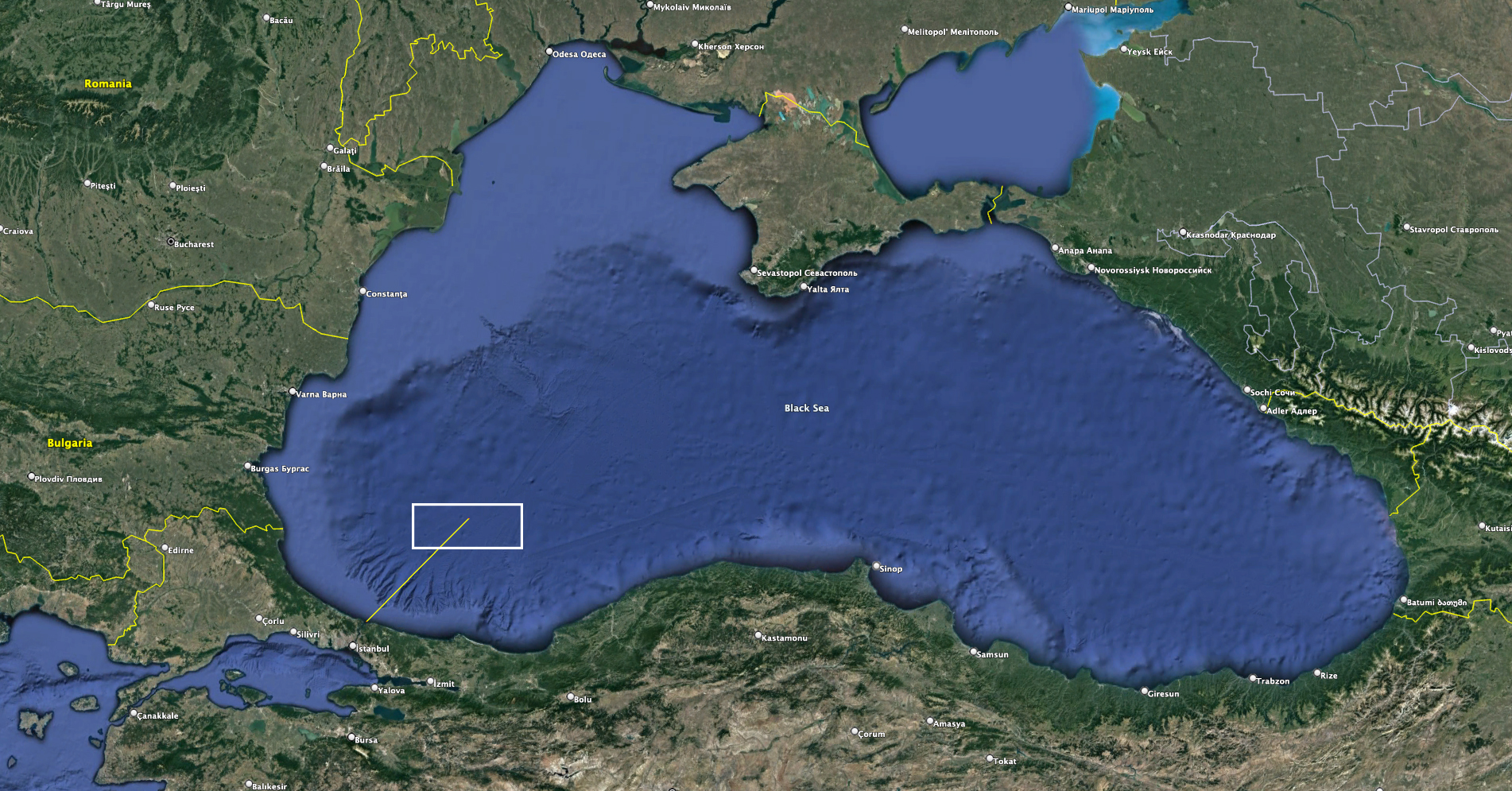
Russia has also produced explosive-laden USVs, with Russian media and milbloggers claiming that a road and railway bridge in Zatoka in the Odesa region was hit by such a USV back in February.
A Ukrainian attack on a Russian vessel in Turkey’s Exclusive Economic Zone would fit in with Moscow’s victim narrative and stoke concerns about Ukrainian actions expanding the conflict into NATO states’ control zones. Staging such an incident could conceivably be part of Russia’s already powerful information operations. The great distance involved in this attack and the motivation for it are certainly suspect.
Regardless of the veracity of the incident, it has been noted that several NATO aircraft were seen conducting apparent surveillance missions in the area, according to flight tracking social media sites.
The Kremlin-aligned Rybar Telegram channel has suggested, without proof, that these reconnaissance sorties were connected to the attack on the Ivan Khurs.
“The accumulation of so many reconnaissance aircraft is not a coincidence,” Rybar wrote Wednesday. “As a rule, such NATO activity is followed by either an attempt at sabotage or strikes against the Crimean peninsula and southern Russian regions.”
“And, given today’s incident with the Ivan Khurs and the suspiciously close patrol of the RQ-4D to the route of the possible passage of the Russian ship, questions regarding the true purpose of the flights disappear.”
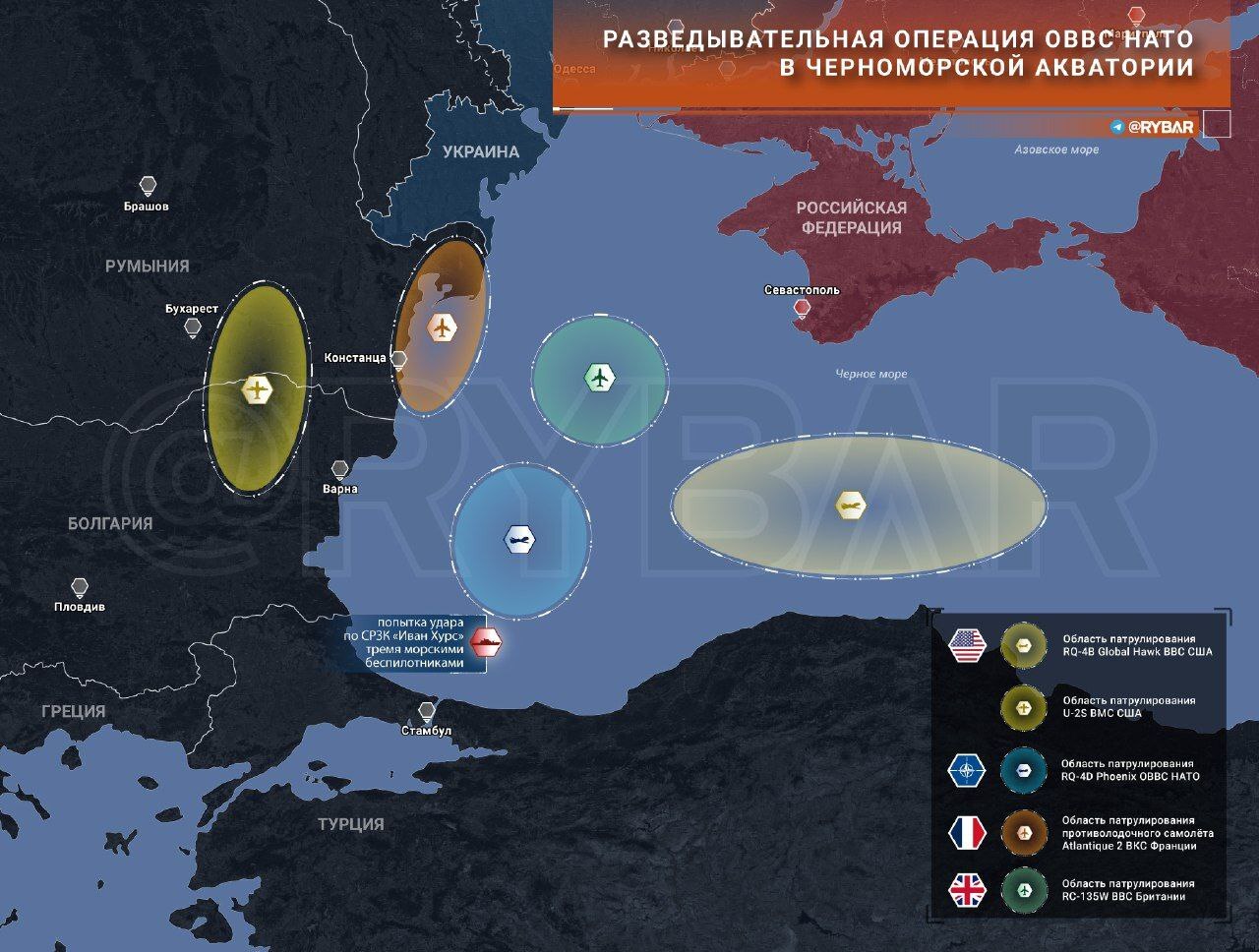
However, such flights happen frequently and had become a daily staple in the region even before Russia launched its all-out invasion of Ukraine in Febraury 2022. Sometimes multiple NATO assets are executing their reconnaissance sorties over the Black Sea at the same time. So this is not anything approaching clear evidence of being involved in the supposed attack.
Given the effect that Ukraine’s flotilla of USVs has had on the Russian Black Sea Fleet, if Ukraine did carry out today’s reported attempted attack, it is unlikely to be the last, even though Russia has taken steps to protect itself against these vessels.
The overall damage caused in previous USV attacks on the Black Sea Fleet appears to have been minimal at best. However, those attacks – and repeated aerial drone strikes – have forced Russia to change how it deploys vessels and protects the port. Russia has built up layered defenses in the air, on land, and at sea around the harbor in Sevastopol, especially at its entrance. These have only gotten more elaborate after repeated drone attacks of increasing sophistication. You can read more about that in our coverage here.
“Apparently, with this strike by naval drones, the Armed Forces of Ukraine are trying to force out favorable conditions for themselves in the hope of allowing ships to enter the harbors in the Dnipro-Bug Estuary, in which they are actively assisted by UN representatives,” Rybar also said, linking this attack to the Black Sea Grain Initiative, but again providing no hard evidence to substantiate this. The grain deal was hammered out last year to allow grain and other food and fertilizer to be shipped out via Ukraine’s Black Sea ports of Odesa, Chornomorsk, and Yuzhny.
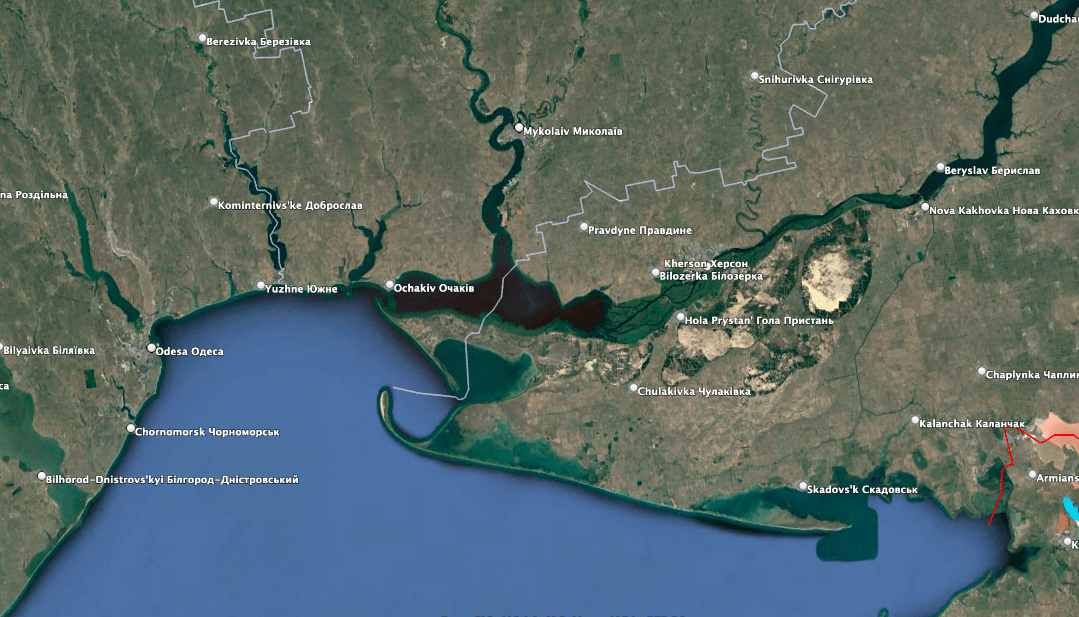
“Therefore, it is unlikely that today’s attack in the Black Sea zone will be the last,” Rybar added.
The biggest question is if this was indeed Ukraine, how did they target the ship and why? There are many more Russian vessels closer to Ukrainian shores. Traveling over 200 miles to hit a moving target with small USVs that were once improvised and now serially produced is perhaps the biggest element of this that raises questions. Unless these vessels were launched by a mothership far out to sea, which would incur its own risks, such an operation seems quite odd.
We will continue to update this article in the coming hours with any new info that comes available.
Contact the author: howard@thewarzone.com
